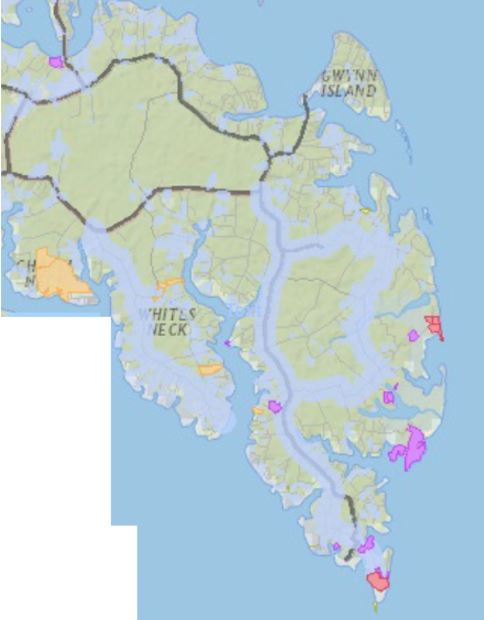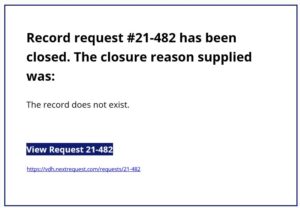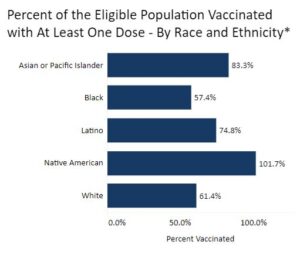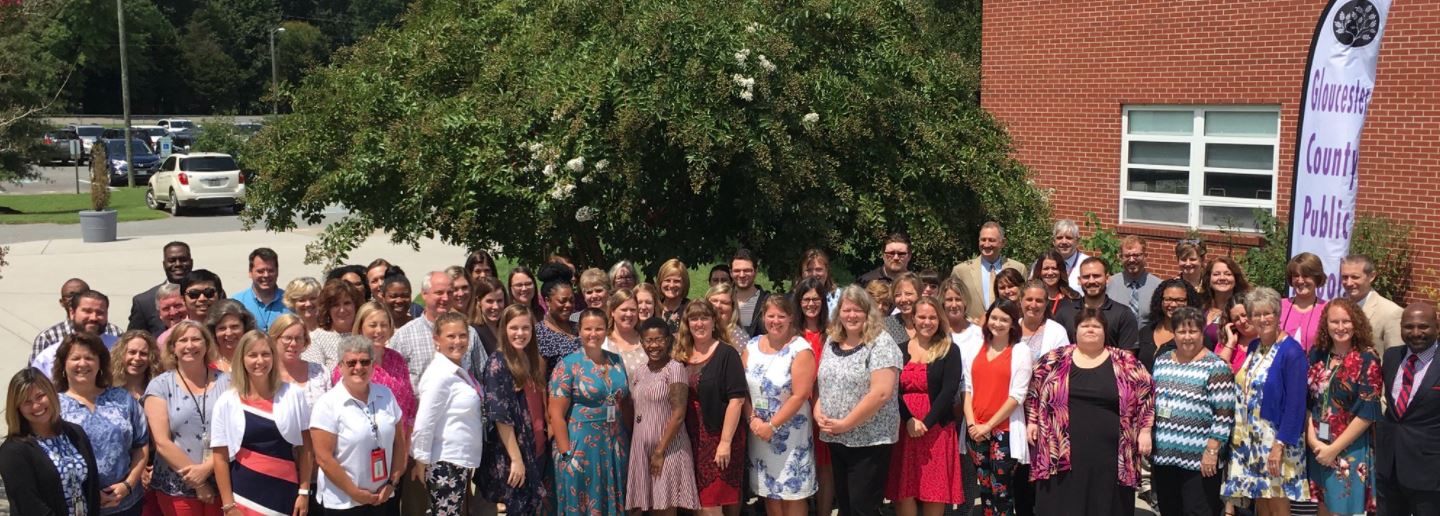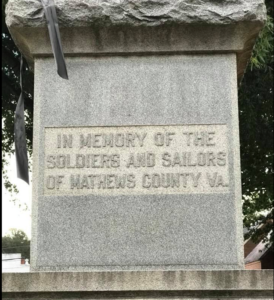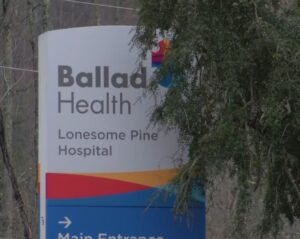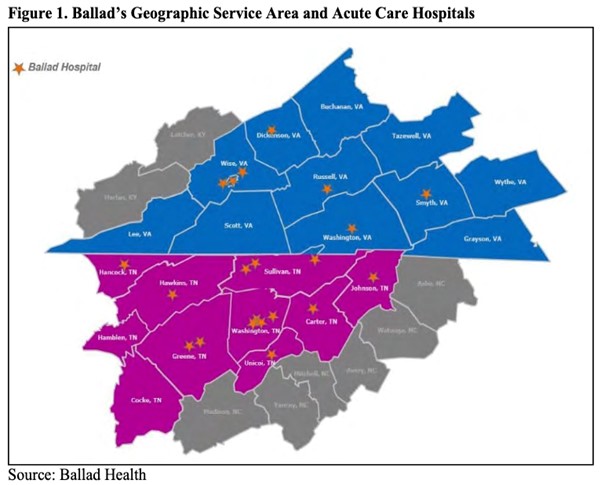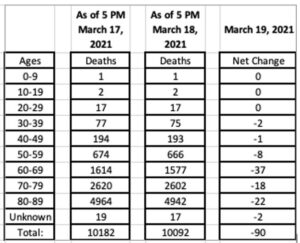During the Bob McDonnell administration, the Commonwealth of Virginia preserved 232,000 acres through conservation easements or donations, falling short of the governor’s 400,000-acre goal because of the tight economy. Seizing on the deficit in his 2013 gubernatorial campaign, Terry McAuliffe promised that he would “preserve at least 400,000 acres of open space.” He repeated the number in his first speech to the General Assembly after taking office in 2014.
By 2015, it became obvious McAuliffe could not meet his goal. Scrambling to save face, he announced in April 2015 the launch of “Virginia Treasures,” a strategy for conserving land and expanding access to public outdoor recreation. The goal was to identify, conserve, and protect at least 1,000 “treasures” by the end of his term.
It soon became apparent to many residents of Mathews County that their property and their homes fell within the pale, blue-coded areas of the map where McAuliffe hoped to find his Virginia Treasures. And so began a seven-year nightmare for the Eubank family as the local government tried to bully them, in what they saw as a grotesque abuse of bureaucratic power, to diminish the value of their private land so that it could be acquired for a public access site. Continue reading

